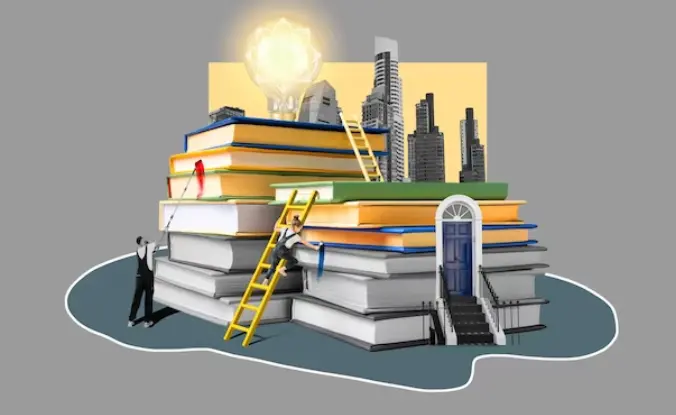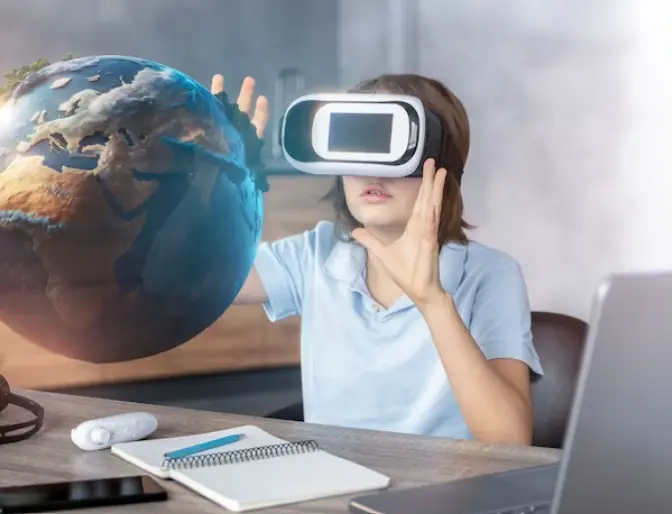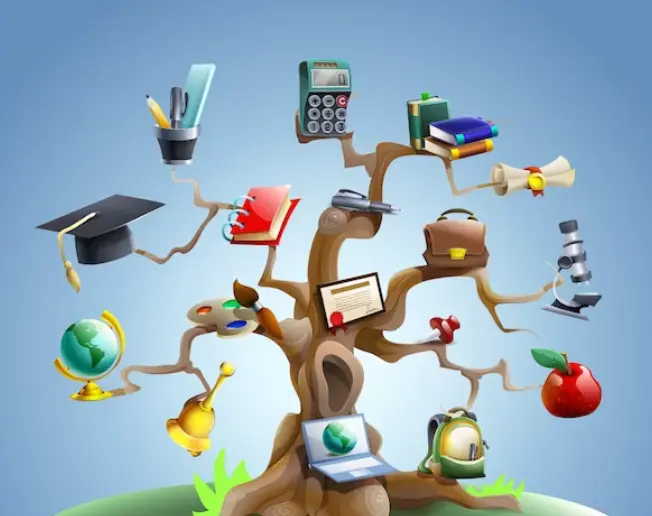The role of technology in fighting corruption



Technology has revolutionized every aspect of our lives, and education is no exception. In recent years, there has been a significant shift in the way we learn, thanks to advancements in technology. From online courses to virtual reality, the future of education is evolving rapidly. In this blog post, we will explore the ways in which technology is changing the way we learn.
Technology has made education accessible to people from all walks of life. Online platforms and courses have opened up a world of learning opportunities, regardless of geographic location or financial constraints. Now, anyone with an internet connection can learn new skills and gain knowledge from the comfort of their own home.
Technology allows for personalized learning experiences tailored to individual needs and preferences. Learning management systems and adaptive learning software can track progress, identify areas of improvement, and customize content accordingly. This ensures that each learner gets a personalized education experience that suits their learning style and pace.
Traditional textbooks can be dull and monotonous, but technology has transformed learning into an interactive and engaging experience. Educational videos, gamification, and interactive simulations make learning more enjoyable and memorable. This not only enhances understanding but also boosts motivation and encourages active participation.
Technology has made it easier for students and educators to connect and collaborate with peers from around the world. Video conferencing, discussion forums, and collaborative platforms create virtual classrooms where students can share ideas, work on projects, and learn from different perspectives. This globalized approach to education prepares students for the interconnected world they will encounter in their future careers.

Virtual reality (VR) and augmented reality (AR) technologies are gradually finding their way into classrooms, providing immersive and interactive learning experiences. Students can explore historical sites, visit far-off countries, or conduct virtual experiments, making subjects come alive in ways that were once unimaginable. These technologies enhance understanding and engagement, making learning more impactful.
Gone are the days of library research and hours spent flipping through textbooks. With a few clicks, students can access a vast amount of information on any topic they desire. Search engines, online databases, and educational websites put knowledge at our fingertips, enabling students to stay updated and pursue independent learning.

The future of education goes beyond the traditional classroom setting. Technology has facilitated lifelong learning, allowing individuals to continuously expand their knowledge and acquire new skills throughout their lives. Online courses, webinars, and micro-learning modules cater to individuals who seek personal and professional development beyond their formal education.
While technology has undoubtedly transformed education, it is important to balance its use and not overlook the benefits of face-to-face interactions and traditional teaching methods. The role of educators remains essential in guiding and facilitating learning experiences. As technology continues to evolve, the future of education holds tremendous potential to create a more accessible, engaging, and inclusive learning environment for all.